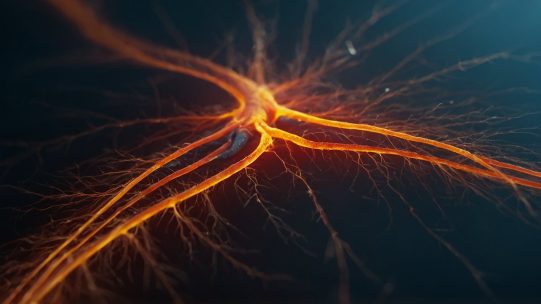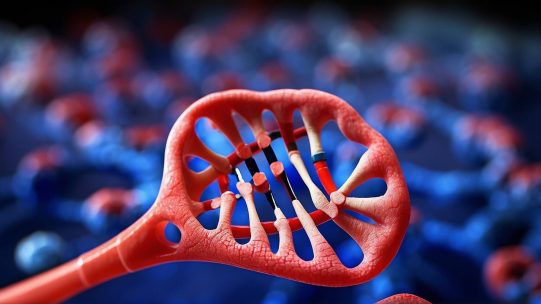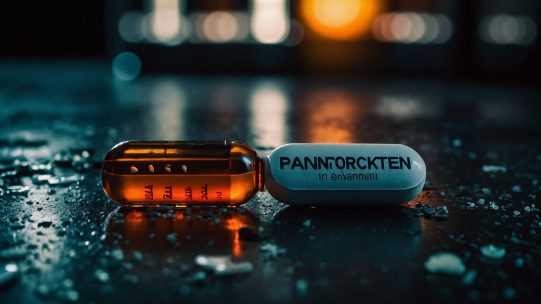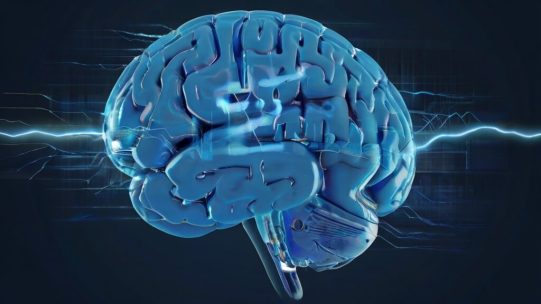Scientists have discovered the potential to create powerful painkillers.

A team of scientists led by chemists Stephen Martin and James Thurn at the University of Texas at Austin has discovered a potent analgesic that acts on a previously unknown pain pathway. The synthetic compound, known as UKH-1114, relieves neuropathic pain in injured mice as effectively as the widely used analgesic gabapentin.
If researchers can prove that the drug is safe, effective and not addictive in humans – a process that usually takes years – the discovery could prove useful in addressing one of the most serious public health problems: the epidemic of opioid abuse.
Nearly a third of Americans suffer from chronic pain, but opioids, the most effective painkillers, are addictive and often require higher doses to maintain effectiveness. According to the National Institute on Drug Abuse, about 2 million people in the U.S. are addicted to prescription opioid painkillers. For example, gabapentin (sold under the name Neurontin) can cause cognitive impairment in some people.
“And,” says Martin Professor Virgil Waggoner, the M. June Virgil Waggoner Chair in Chemistry, “it can cause cognitive impairment. This has serious implications.”
The analgesics they discovered bind to receptors on cells in the central nervous system called sigma 2 receptors. Sigma 2 receptors were discovered 25 years ago, but until now scientists didn’t know how they work.
Theodore Price, an assistant professor of neurology at the University of Texas at Dallas and a leading expert on chronic pain, tested UKH-1114 on mice with nerve damage and found that it relieved pain in the same way as Neurontin. This study shows for the first time that sigma 2 receptors are a potential therapeutic target for the treatment of neuropathic pain.
The findings are published in the August 18 issue of the journal ACS Chemical Neuroscience. A paper on the molecular cloning and identification of the sigma 2 receptor was published in the May 28 online edition of Proceedings of the National Academy of Sciences.
The researchers have applied for a patent on this new compound.
Neuropathic pain, or chronic pain, is caused by nerve damage in the central nervous system. In particular, it is caused by chemotherapy, diabetes, and injuries to the brain and spinal cord.
There are still many challenges ahead before UKH-1114 reaches the market. Further studies are needed to prove safety, efficacy and oral bioavailability. For now, scientists are working to understand at a fundamental level how sigma 2 receptor activation alleviates neuropathic pain.
Nevertheless, Martin and Thurn are encouraged by the compelling results obtained in the mouse model.
‘We started in the lab doing basic chemistry,’ says Thurn, a researcher in the chemistry department. Now we see that our findings can improve people’s quality of life. That’s very gratifying.










Comment